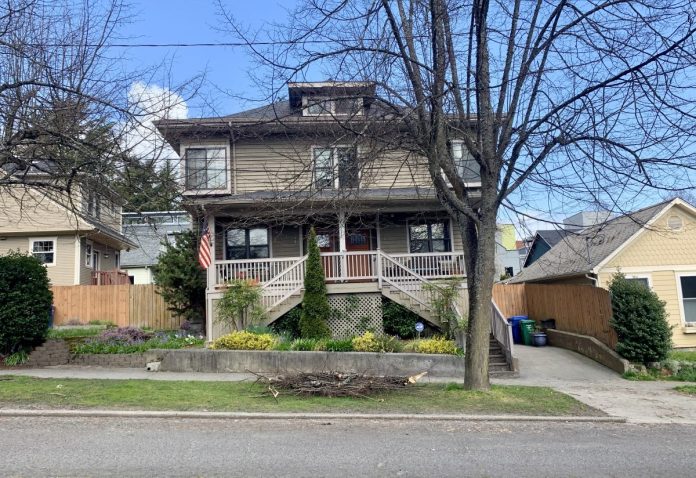The Urbanist is kicking off its new weekly scavenger hunt series with a call for readers to search out examples of “missing middle” housing in their communities.
Recently as I was walking through the Judkins Park neighborhood near the I-90 greenbelt in Central Seattle, I saw a sign in a house window advertising the Judkins Park Community Council’s neighborhood scavenger hunt. Spoiler alert: I completely failed to locate any other signs or other clues related to said scavenger hunt, but as a result of my blundered search, I found myself paying more attention to neighborhood surrounding me with its quirky mix of traditional and contemporary architecture. I also began thinking about how much we can learn from close observation of places we take for granted.
So I’d like to propose to readers of The Urbanist that we pause and look closer at the urban landscape we inhabit. Let’s use this time to explore, safely and with respect to social distance, the places that are closest to us, and share with others the discoveries we make along the way. As people spend more time hunkered down at home, community scavengers hunts are making a big comeback, not only in Seattle, but across the globe. Let’s use the framing of the scavenger hunt to better understand our cities with all their greenery, sprawl, messiness, and splendor.
This article is the beginning of a series of articles in which I will present an urbanism-focused scavenger hunt theme and invite readers to reach out to me with their discoveries. Then the following week, I will post an article with photographs and descriptions submitted to me by readers, present a new theme, and so on and so on until a vaccine for COVID-19 is deemed effective and safe for the general public, or until Amazon perfects the art of drone delivery systems so that buyers can get sundry items delivered with optimal social distancing at the touch of a button, but with the new risk of facing concussions and other injuries caused by plummeting packages each time we step outdoors. It’s also distinctly possible that we could run out of themes.
Urbanist Scavenger Hunt Theme #1: Find the “Missing Middle”
Like most good ideas, the concept of holding a scavenger hunt to find the “missing middle” was stolen. I first saw an announcement for a similar scavenger hunt organized by Laura Loe of Share the Cities about a year or so ago. At the time I thought it was a an super idea, which is why I’m stealing it now to kick off The Urbanist’s scavenger hunt.
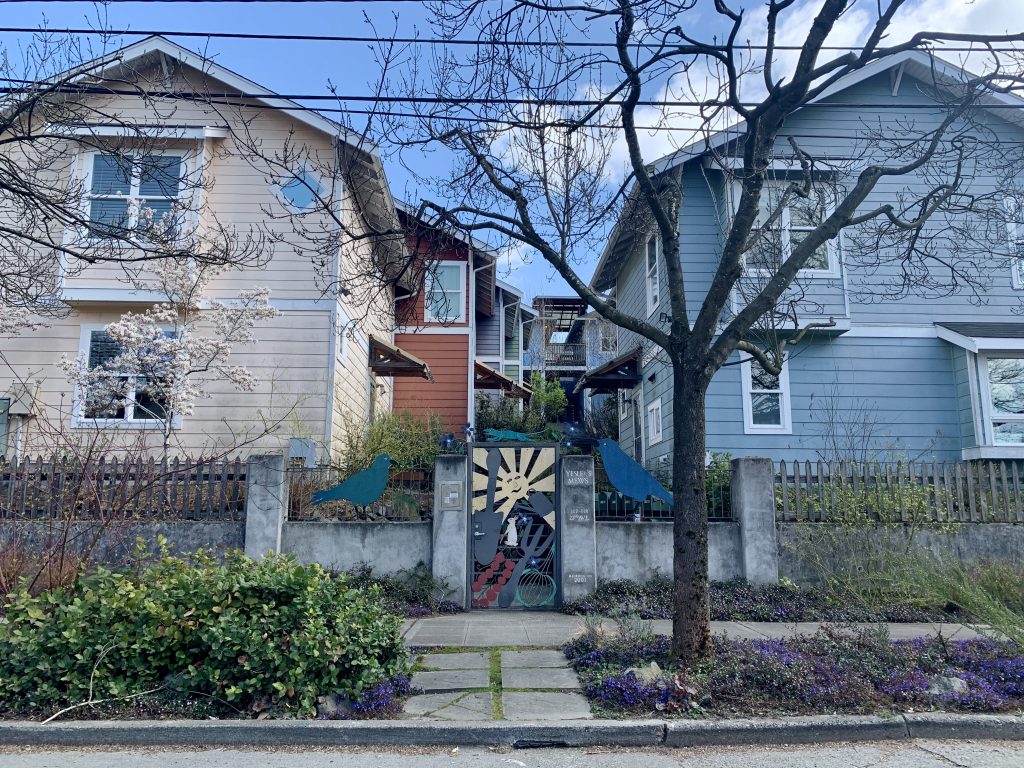
Some of you right now might be thinking, aha, a scavenger hunt to find the “missing middle” how clever! While others might be thinking, wait a second, what is the middle and why is it missing?
In short, the “missing middle” is a term that was coined by architect and urban designer Daniel Parolek in 2010 to described the range of smaller residential building types frequently found in pre-1940’s American neighborhoods. Although they tend to maintain the scale of single family residences, these buildings, which can include duplexes, triplexes, and courtyard apartments among others, often provide affordable housing choices and help to create walkable neighborhoods.

Sadly, the broad shift to single family residence zoning that occurred in the mid-20th century led to housing types that existed in the “middle” between single family residences and mid-rise apartment buildings to go “missing.”
Your mission, should you choose to accept it, is to locate examples of “missing middle” housing wherever you might be in Seattle or beyond.
For my own personal quest, I returned to Judkins Park, which is covered by low-rise zoning regulations to find examples to share. I was also interested to see what kind of residential density currently exists in an area that will be served by Sound Transit Link Light Rail service after the completion of the East Link extension in 2023.
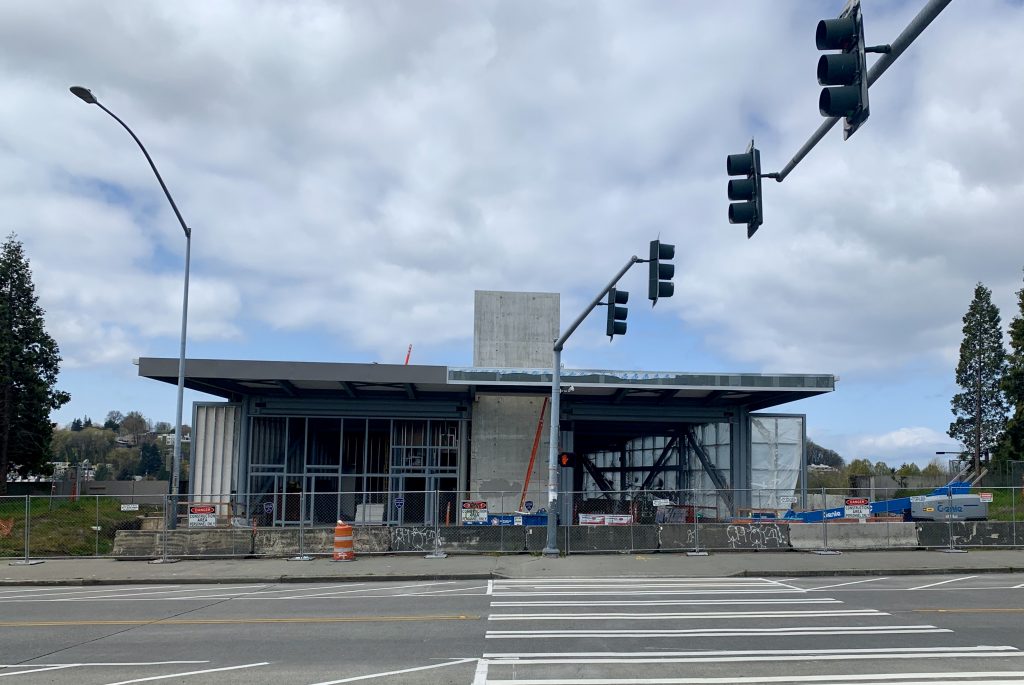
As one of the older residential neighborhoods in Seattle, there are a quite few examples of pre-1940’s buildings that fall into the “missing middle” category. Many newer buildings also seem to tick many of the boxes; although personally I have questions about whether or not large townhomes that fall into the $700k-$1 million price range technically qualify as “missing middle” housing. (Maybe I should consult Daniel Parolek.)
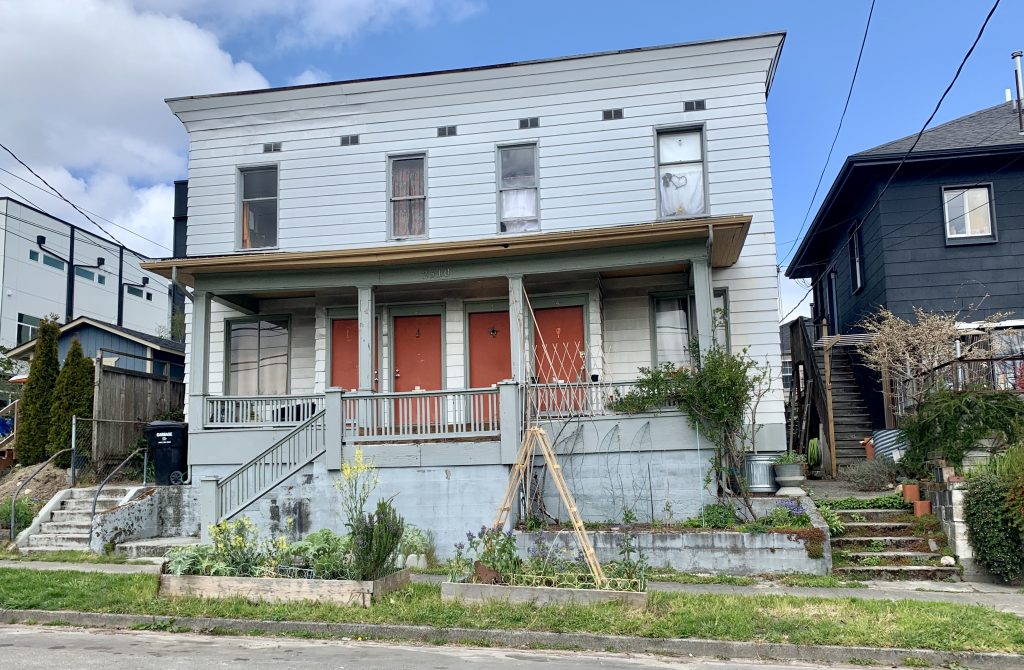
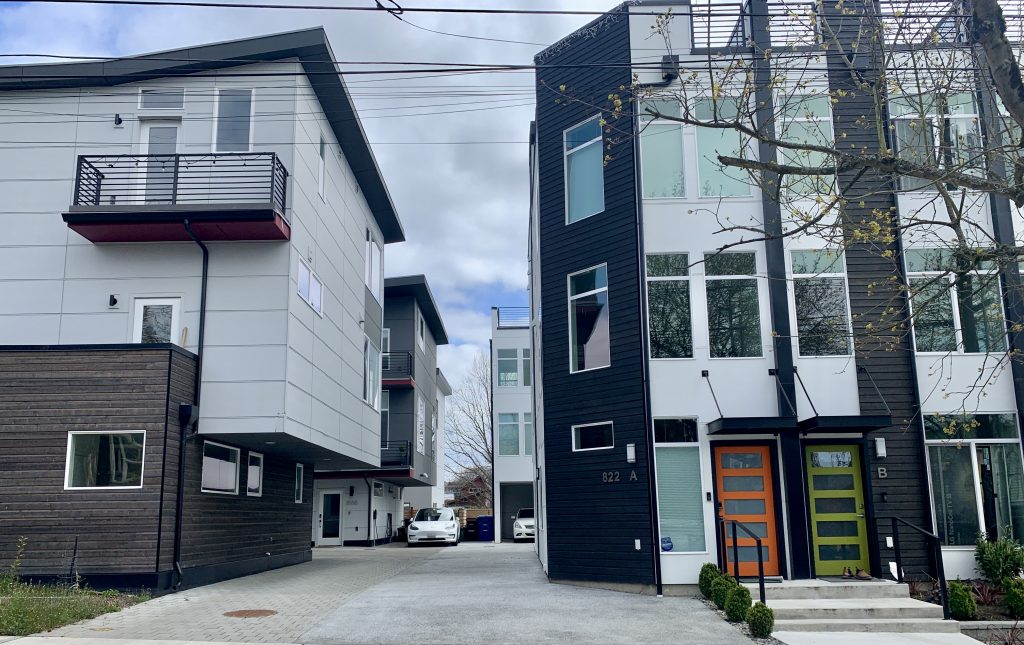
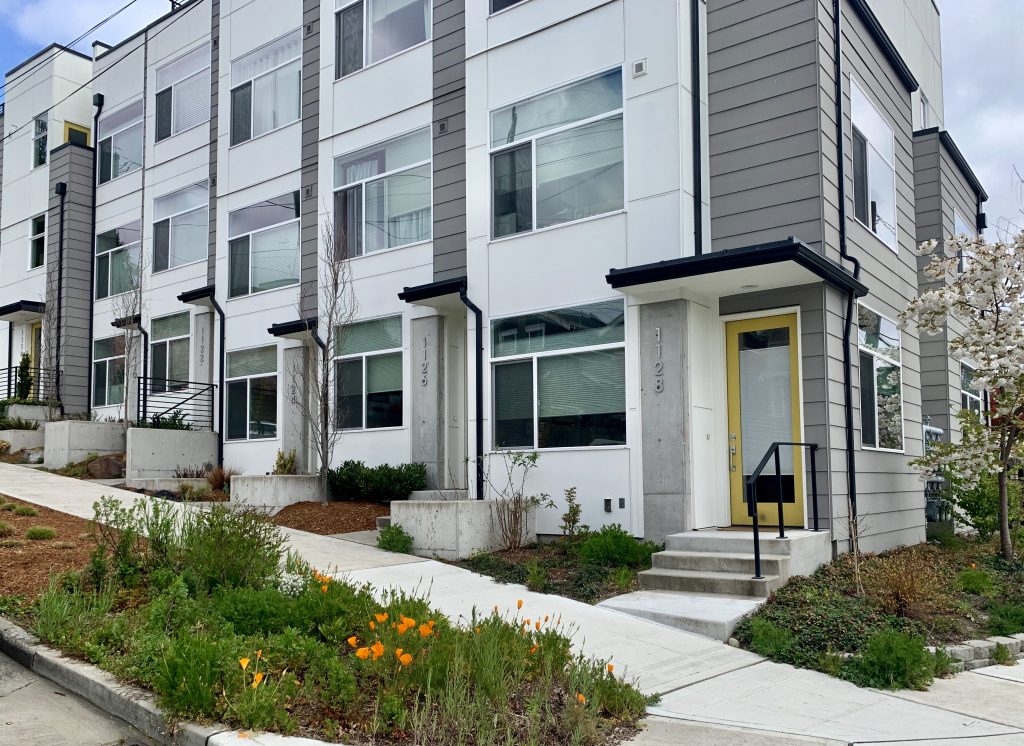
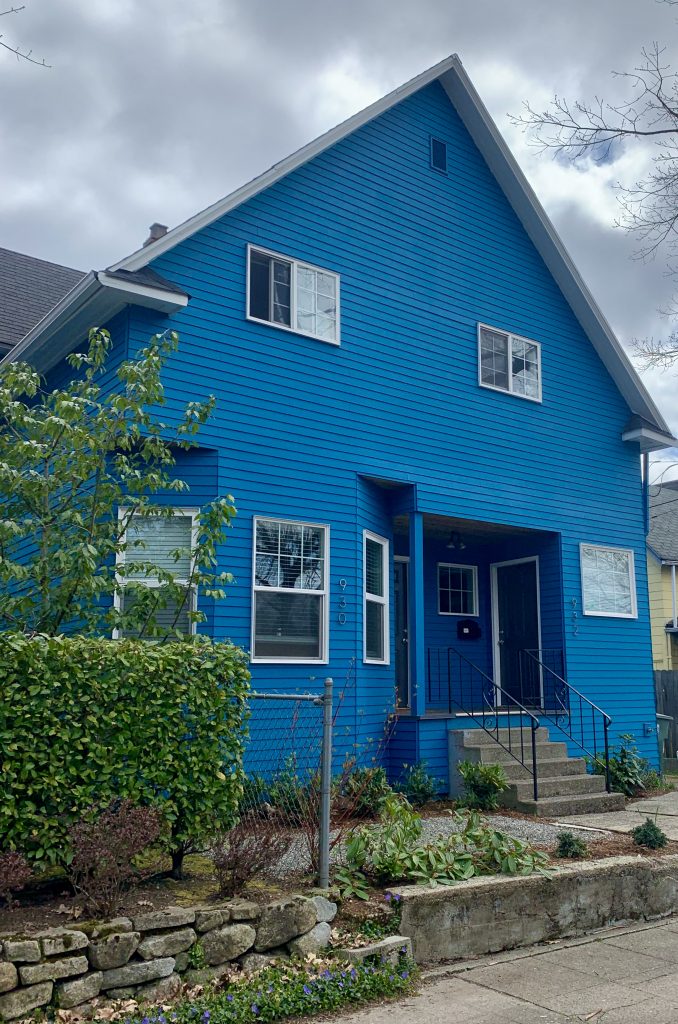
After about an hour of combing through Judkins Parks’ streets, I returned home with new understanding of a neighborhood not so far from my own, and far more photographs of “missing middle” housing than I could share here. Now it’s up to you to continue the search. I look forward to seeing what examples of “missing middle housing” you are able to uncover.
Want to share your scavenger hunt discoveries with other readers of The Urbanist? Email your photographs with descriptions to natalie@theurbanist.org by Monday, April 13th for consideration.
Natalie Bicknell Argerious (she/her) is a reporter and podcast host at The Urbanist. She previously served as managing editor. A passionate urban explorer since childhood, she loves learning how to make cities more inclusive, vibrant, and environmentally resilient. You can often find her wandering around Seattle's Central District and Capitol Hill with her dogs and cat. Email her at natalie [at] theurbanist [dot] org.

